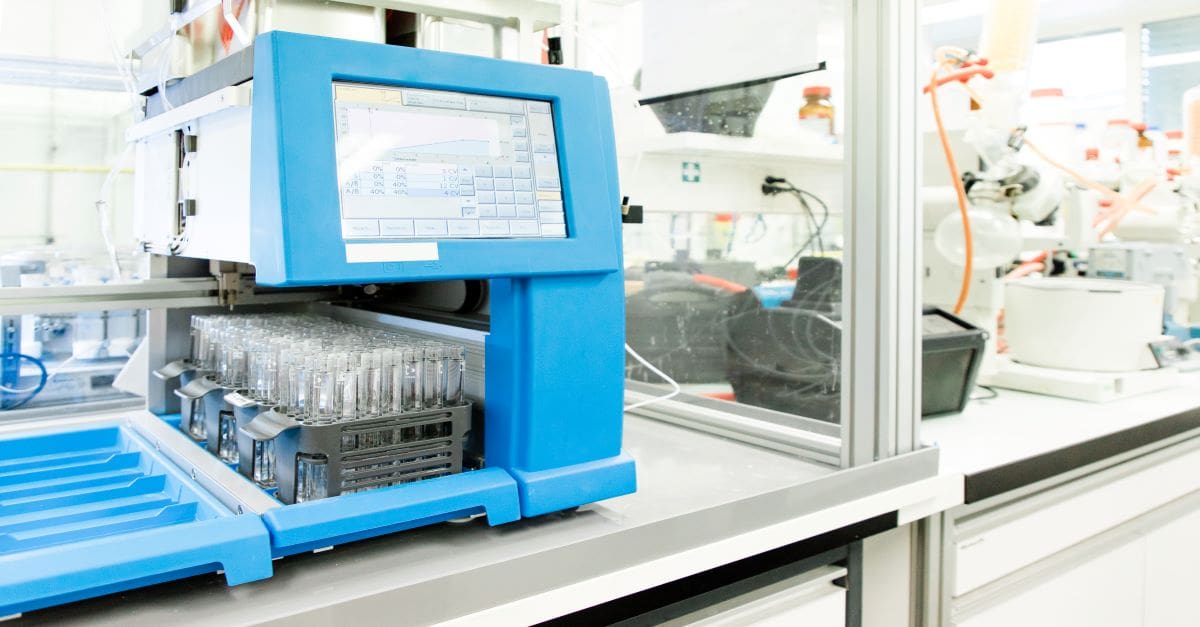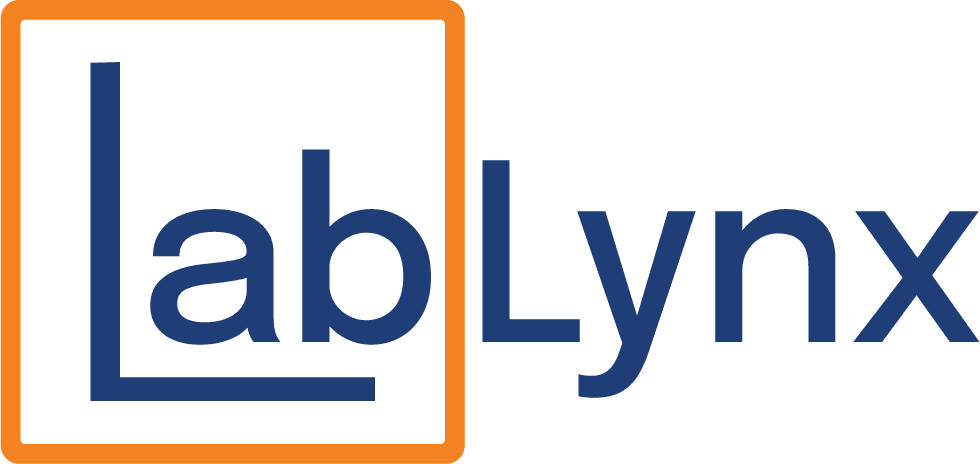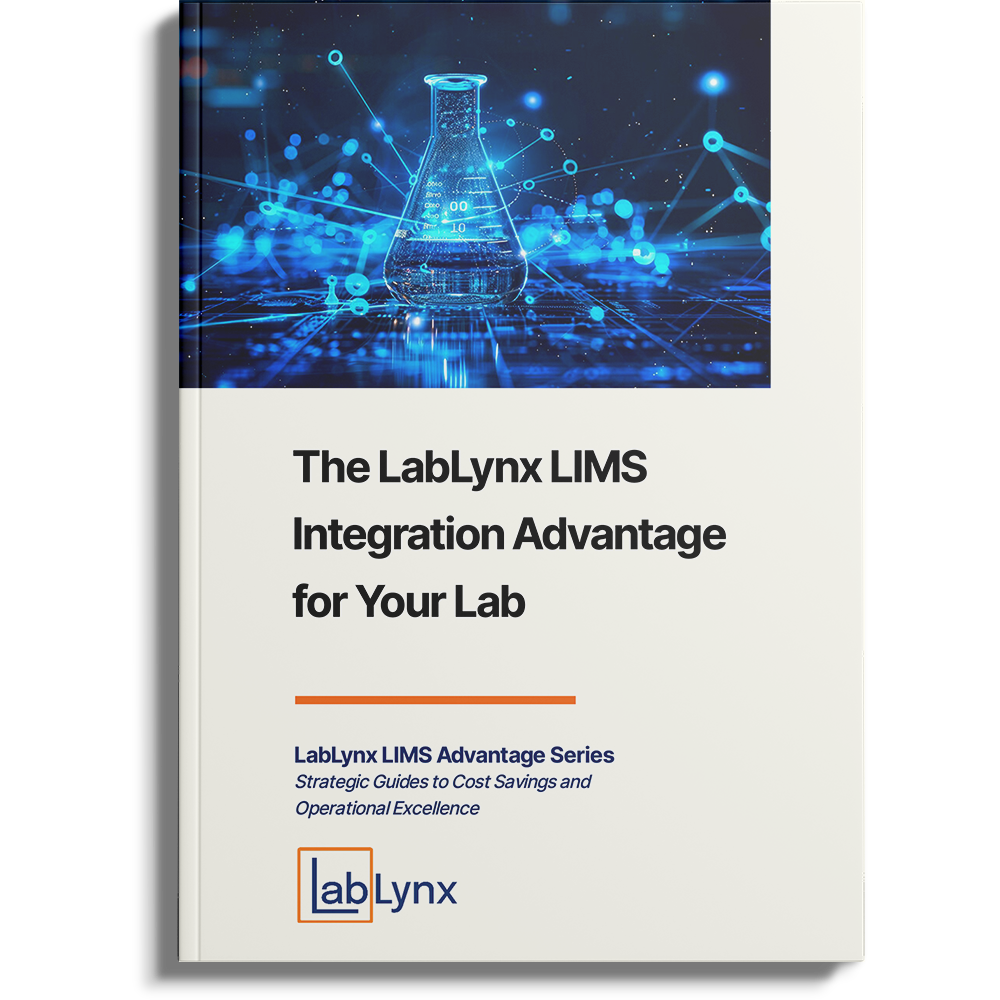
Scientific progress depends on precision, accuracy, and innovation. Modern laboratories are facing increasing demands to process higher volumes of data faster and deliver results with razor-sharp accuracy. But for many labs, outdated instruments hinder productivity and introduce inefficiencies. The solution? Investing in advanced lab instruments designed to meet the needs of today’s fast-paced environment.
In this article, we’ll explore why investing in new lab technology is crucial, the key benefits it offers, and how labs can make the right investments to unlock future growth.
The Power of Innovation: Why Upgrade Your Lab Instruments?
Many labs hesitate when it comes to investing in new equipment due to cost considerations. However, modern instruments do more than just provide better data—they transform how a lab operates. Here’s why upgrading your equipment is an investment in growth, sustainability, and competitive advantage.
Enhanced Precision and Accuracy: A Foundation for Reliable Results
One of the biggest challenges with aging lab equipment is a decline in accuracy over time. With outdated technology, even small errors in readings or measurements can cause research setbacks, compliance issues, or costly product recalls.
Modern instruments, by contrast, feature advanced digital sensors, automated calibration, and real-time monitoring. This ensures consistent, reliable outcomes that support high-quality research and regulatory compliance. For labs working in pharmaceuticals, biotechnology, or environmental monitoring, this level of accuracy can be the difference between breakthroughs and bottlenecks.
Success in Action: A global pharmaceutical company improved drug quality control by 40% after upgrading its chromatography systems to modern models with built-in error correction and data tracking.
Increased Operational Efficiency: More Work, Less Time
New lab instruments aren’t just more accurate—they’re faster and more efficient. Instruments equipped with automation features can handle repetitive tasks like sample preparation, liquid handling, or data input without manual intervention. This reduces the time spent on low-value tasks, allowing researchers to focus on analysis and innovation.
For example, automated sample analysis instruments can process thousands of samples daily, compared to the limited throughput of older equipment. Enhanced efficiency translates to faster project turnaround times, reduced labor costs, and higher overall productivity.
Efficiency Breakthrough: An environmental testing lab saw its sample throughput double after implementing automated testing systems for air and water quality monitoring, cutting average processing time from three days to one.
Cost Savings and ROI: Beyond Initial Investment
Although the upfront cost of new equipment may seem high, it’s essential to view this as a long-term investment. Modern instruments can reduce costs in several areas:
- Lower Maintenance Requirements: Newer technology typically requires less maintenance and experiences fewer breakdowns.
- Energy Efficiency: Modern instruments are built to consume less power, reducing utility bills.
- Faster Throughput: Completing more tests in less time allows labs to increase revenue-generating activities.
These savings, coupled with the ability to avoid costly delays or errors, often result in a significant return on investment (ROI). Many labs recover the cost of their new equipment within one to three years due to improved productivity and reduced operational expenses.
Seamless Data Integration: Powering Digital Labs
The modern lab generates vast amounts of data, and managing this data effectively is crucial for success. Today’s instruments are often designed to connect seamlessly with laboratory information management systems (LIMS), such as the LabLynx LIMS platform.
By integrating lab instruments with digital systems, labs can automate the flow of data directly from instruments to databases, eliminating the need for manual data entry. This not only reduces errors but also improves traceability and regulatory reporting.
Connected Success: A clinical research lab integrated its new spectrometry systems with a LIMS, reducing sample tracking errors by 35% and enabling real-time monitoring of test progress.
Key Technologies Shaping the Future of Lab Instruments
Investing in new technology means tapping into innovations that are redefining laboratory workflows. Here are the game-changing technologies driving the evolution of lab instrumentation:
Automation: Freeing Labs from Manual Tasks
Automation is revolutionizing how labs operate by automating routine tasks like pipetting, sample preparation, and instrument calibration. Automated instruments ensure consistency, reduce variability, and allow labs to run around the clock without human intervention.
Example: A clinical diagnostics lab replaced manual hematology testing with fully automated analyzers and reduced result processing time by 50%, significantly improving patient outcomes.
AI and Advanced Analytics: From Data to Discovery
Artificial intelligence (AI) and machine learning are making lab instruments smarter. Instruments embedded with AI can analyze patterns, detect anomalies, and suggest optimal conditions for experiments, saving valuable time and effort.
AI-driven instruments are particularly beneficial in genomics, drug development, and materials science, where large data sets need to be processed and analyzed quickly.
AI in Action: A genomics lab adopted AI-powered sequencing machines, cutting analysis time in half and enabling researchers to uncover genetic mutations faster than ever before.
Sustainability and Eco-Friendly Designs
Modern lab instruments are designed with sustainability in mind. From energy-efficient designs to reduced reagent usage and waste production, these instruments help labs reduce their environmental impact while saving on operational costs.
Sustainability Success: A water testing lab switched to eco-friendly analytical instruments and reduced chemical waste by 20%, earning recognition for its sustainability practices.
IoT and Remote Monitoring: The Rise of Smart Labs
Internet of Things (IoT)-enabled lab instruments offer remote monitoring and predictive maintenance capabilities. Lab managers can receive real-time updates on instrument performance, ensuring that maintenance is performed proactively, reducing downtime.
Smart Monitoring Example: A food safety lab using IoT-connected instruments avoided costly production shutdowns after receiving automated alerts about performance issues before failures occurred.
Overcoming Challenges: Ensuring a Smooth Transition to New Technology
Transitioning to new lab instruments can be challenging, but with proper planning, you can avoid disruptions and maximize your investment.
Staff Training and Adoption
Investing in new instruments is only beneficial if your team knows how to use them effectively. Comprehensive training programs should be a priority to ensure staff members are comfortable with new processes and technology.
Training Success: A materials testing lab partnered with LabLynx for an on-site training program, resulting in a 30% productivity increase within three months of deployment.
Choosing the Right Equipment
Every lab has unique needs, so selecting the right instruments requires a tailored approach. Factors to consider include compatibility with existing workflows, scalability, and vendor support.
LabLynx offers consultations to help labs assess their technology needs and choose the best-fit solutions for long-term success.
LabLynx: Your Partner in Lab Innovation
At LabLynx, we understand that investing in lab technology is about more than just equipment—it’s about creating an environment where innovation can thrive. Our comprehensive solutions include:
- Tailored Equipment Recommendations: We help you find instruments that fit your goals and budget.
- LIMS Integration: Seamless connectivity between your instruments and data systems.
- Training and Support: Ongoing training and technical assistance to ensure your success.
Conclusion: A Smart Investment for Long-Term Success
Investing in new lab instruments is an essential step for labs seeking to improve accuracy, efficiency, and innovation. With the right technology, you can reduce costs, increase productivity, and stay ahead of industry demands.
Let LabLynx help you navigate this journey with confidence. Contact us today to explore customized solutions that meet your lab’s unique needs and empower your team to achieve more.
The future of lab management is here—invest in it today.




